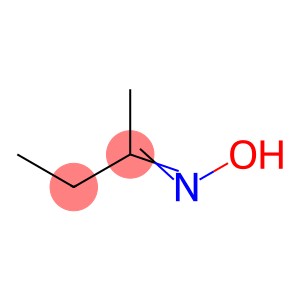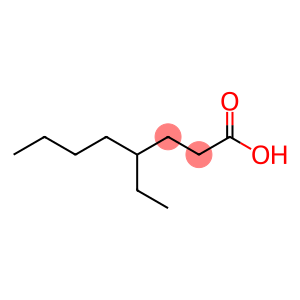Ethyl methyl ketone oxime CAS 96-29-7
| Risk Codes | R21 – Harmful in contact with skin R40 – Limited evidence of a carcinogenic effect R41 – Risk of serious damage to eyes R43 – May cause sensitization by skin contact R52/53 – Harmful to aquatic organisms, may cause long-term adverse effects in the aquatic environment. R48/25 - |
| Safety Description | S13 – Keep away from food, drink and animal foodstuffs. S23 – Do not breathe vapour. S26 – In case of contact with eyes, rinse immediately with plenty of water and seek medical advice. S36/37/39 – Wear suitable protective clothing, gloves and eye/face protection. S61 – Avoid release to the environment. Refer to special instructions / safety data sheets. S45 – In case of accident or if you feel unwell, seek medical advice immediately (show the label whenever possible.) S36/37 – Wear suitable protective clothing and gloves. S25 – Avoid contact with eyes. |
| UN IDs | UN 1993 3/PG 3 |
| WGK Germany | 1 |
| RTECS | EL9275000 |
| TSCA | Yes |
| HS Code | 29280090 |
| Hazard Class | 3 |
| Packing Group | III |
Introduction
Methyl ethyl ketoxime is an organic compound. The following is an introduction to the properties, uses, preparation methods, and safety information of the compound:
Quality:
Methyl ethyl ketone oxime is a colorless liquid with a pungent odor. It can be dissolved in water and a variety of organic solvents, and has good thermal stability.
Use:
Methyl ethylketoxime is mainly used in the field of nanotechnology and materials science in organic synthesis. Methyl ethyl ketoxime can also be used as a solvent, extractant, and surfactant.
Method:
Methyl ethyl ketone oxime can be obtained by reacting acetylacetone or malanedione with hydrazine. For specific reaction conditions and operation details, please refer to the organic synthesis chemistry paper or manual.
Safety Information:
When using or handling methyl ethyl ketone oxime, the following safety precautions should be noted:
- Avoid contact with skin, eyes, and respiratory tract. Use protective gloves, goggles, and masks when necessary.
- Avoid inhaling gases, vapors, or mist. The workplace should be well ventilated.
- Try to avoid contact with oxidants, strong acids, and strong bases to avoid dangerous reactions.
- Waste should be disposed of in accordance with local regulations.








